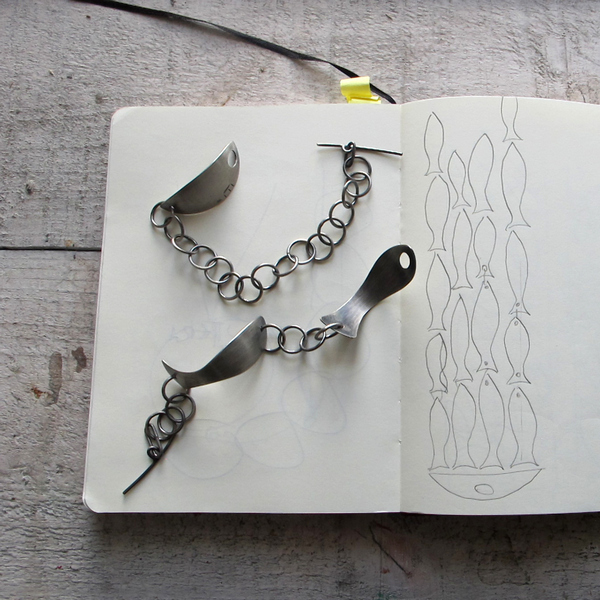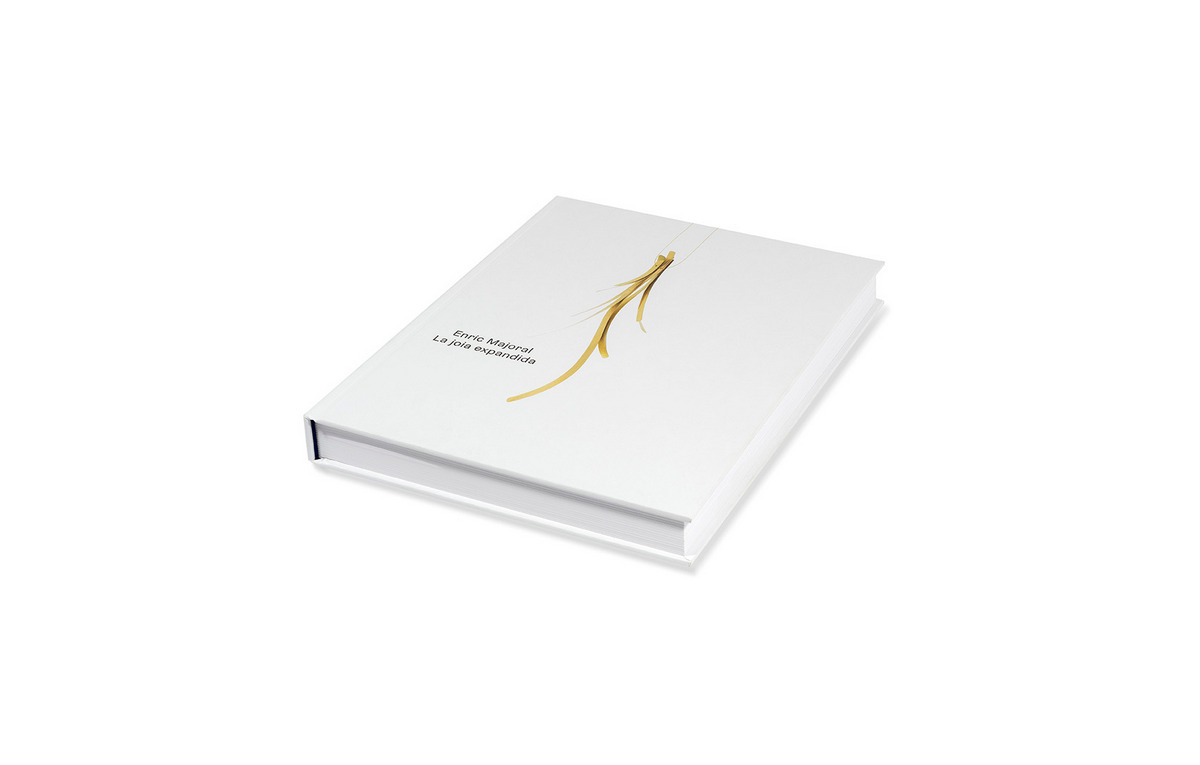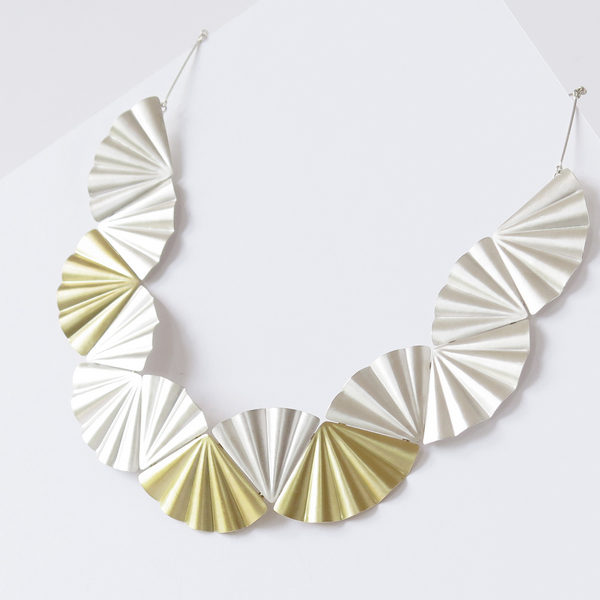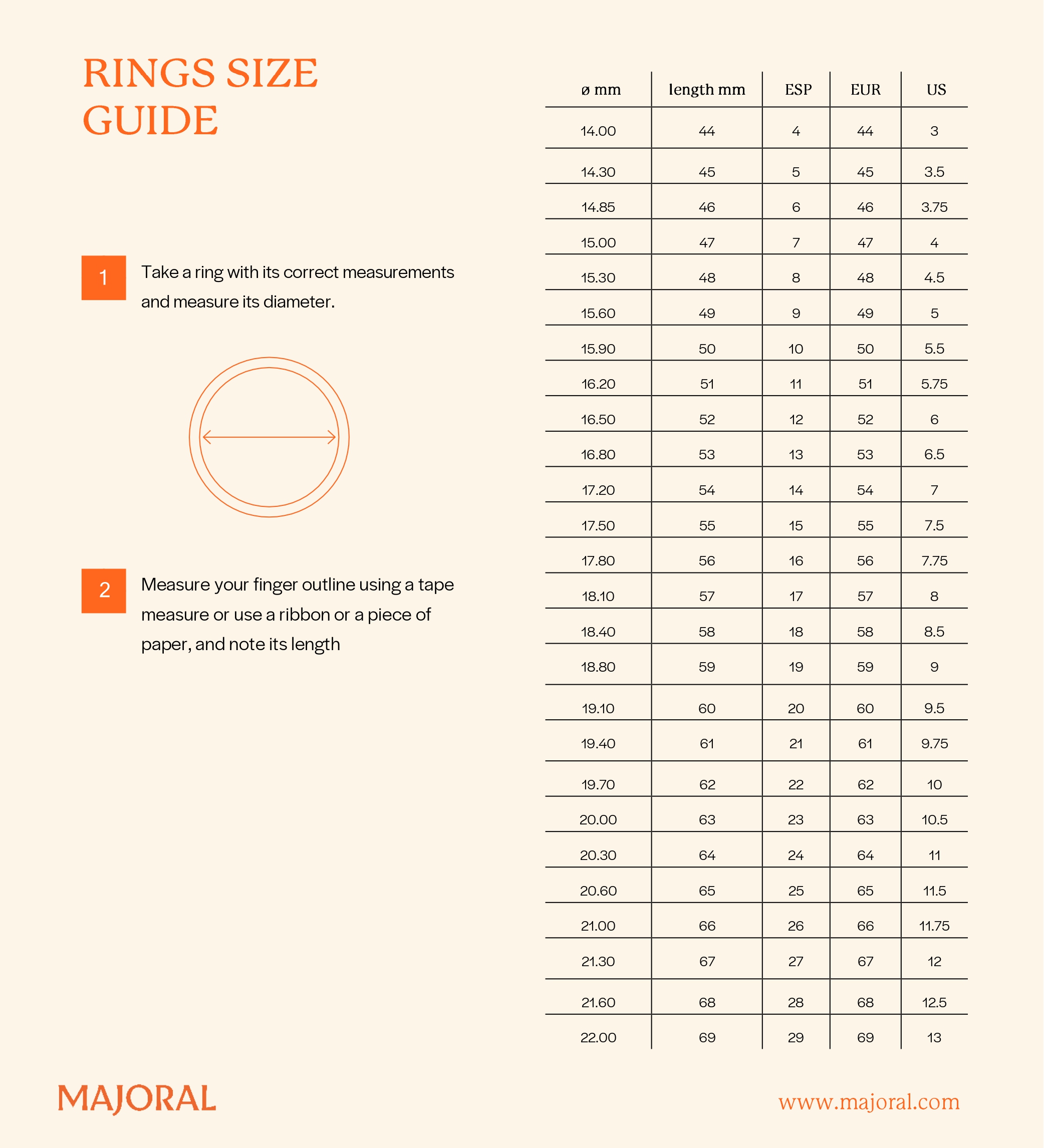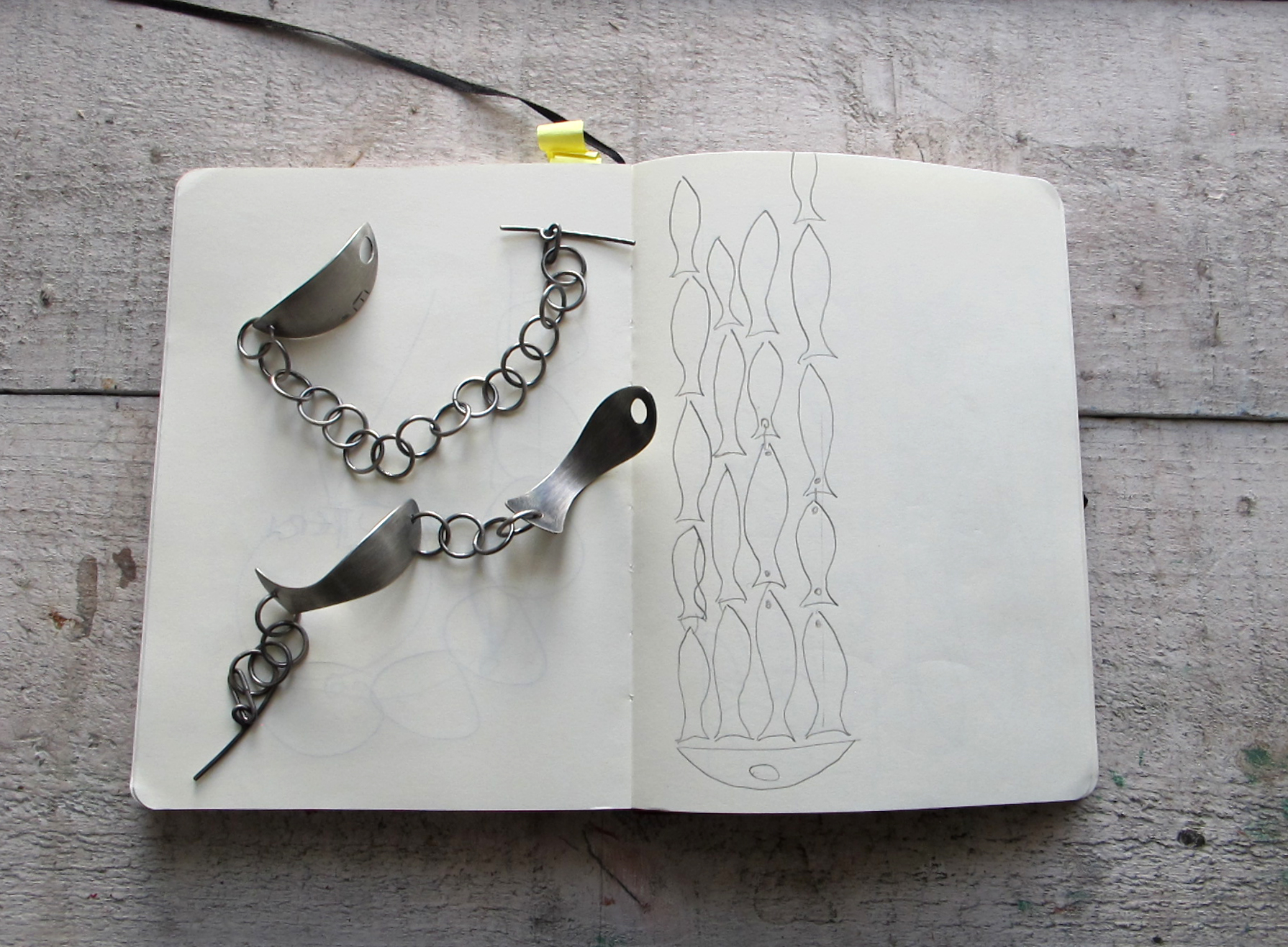
Modernism and noucentisme, nineteenth-century style, represented a turning point for Catalan jewellery, which has been capable of becoming an element of artistic expression throughout history
Since the beginning of humanity, jewellery has played a leading role in the development of the civilisations and cultures the world over. The capacity of artistic expression of jewellery has made it an element of interest for historians and an efficient tool for discovering the characteristics of different historical periods. Catalan culture is no exception, which for centuries has developed distinct artistic currents, including in the field of jewellery. However, the compilation of material that links the jewellery style with a specific period has always been a difficult task. In the case of Catalan culture, we have been able to identify different currents of jewellery in recent decades.
This identification system was exemplified in the eighties thanks to the work undertaken by the Professional Association of Jewellers and Gold and Silversmiths of the Promotion of Decorative Arts of Barcelona. The Association managed to compile as many as 2,000 items from all periods, and was able to establish distinct Catalan jewellery currents of the 20th century. Later on, the art historian and director of the Museum of Design of Barcelona, Pilar Vélez, published the book Joyería y orfebrería catalana (Catalan jewellery and gold and silversmithing) 1852-1939, which offers a review of the exception works of Catalan jewellery during the 19th and 20th centuries. In this article we make a brief tour of the main currents of Catalan jewellery from the 19th and 20th centuries.
The Modernism of Masriera, a turning point in Catalan jewellery
One of the leading figures in the development of jewellery in 19th-century Catalan culture is undoubtedly Lluís Masriera. The Catalan goldsmith and painter became a benchmark figure in the cultural world of Barcelona in the late-19th century. As a jeweller, he was one of the first to reflect techniques of modernism in jewellery. His jewellery work is known across the world today, items of jewellery with a modernist and contemporary influence, including animals with precious stones.
Later on, Masriera revolutionised the concept of Catalan jewellery combining the metals with the stylised forms of modernism. Masriera would also go for enamel as a material for making jewellery. The influence of animals and nature on his jewellery suggests a heavy influence of contemporary jewellery in Masriera’s work. With the author’s work, art begins to have a space in Catalan jewellery.
The arrival of noucentisme and the art deco variant
The work undertaken by the Professional Association of Jewellers and Gold and Silversmiths of the Promotion of Decorative Arts of Barcelona identifies a current of Catalan jewellery highly influenced by noucentisme, nineteenth-century style, and the art deco variant, between 1914 and 1960. Noucentisme gave rise to a jewellery current in Catalonia with a more classical style, of geometric lines close to Art Deco. This period was also greatly influenced by the work of Masriera.
Other jewellers from that time who combined jewellery with modernist and nineteenth-century style techniques were Carreras, Bagués and Forteza-Rey. During this period, Catalan jewellery experienced its age of splendour and the Escola Superior dels Bells Oficis was founded. However, in 1924, with the arrival of the dictatorship of Primo de Rivera, the school was closed.
Contemporary jewellery gains weight in the second half of the 20th century
Leaving behind the dark years of the Civil War and the Francoist dictatorship, as from the 60s Catalan jewellery recovered the artistic essence experienced during the first third of the 20th century. In this period the work of Manuel Capdevila and Anna Font stands out, who took on the role of interlocutors with the international jewellery tendencies. With the fall of the dictatorship, Catalan jewellery gained ground as a means of artistic expression. Contemporary jewellery would focus on artistic diversity and the formation of functional styles of jewellery, capable of creating aesthetic forms with the capacity of communicating..
Within a wide range of contemporary Catalan jewellers, at Majoral for more than 40 years we have been making our small contribution to the art of jewellery. A type of jewellery that we conceive as one more discipline of artistic and artisanal expression. In our case, the artistic work of Enric Majoral and Roc Majoral is influenced by the different artistic and cultural currents based in the Mediterranean. Nevertheless, we do not relinquish other cultural influences from other parts of the worlds to create forms and discover the enormous artistic possibilities of jewellery.


